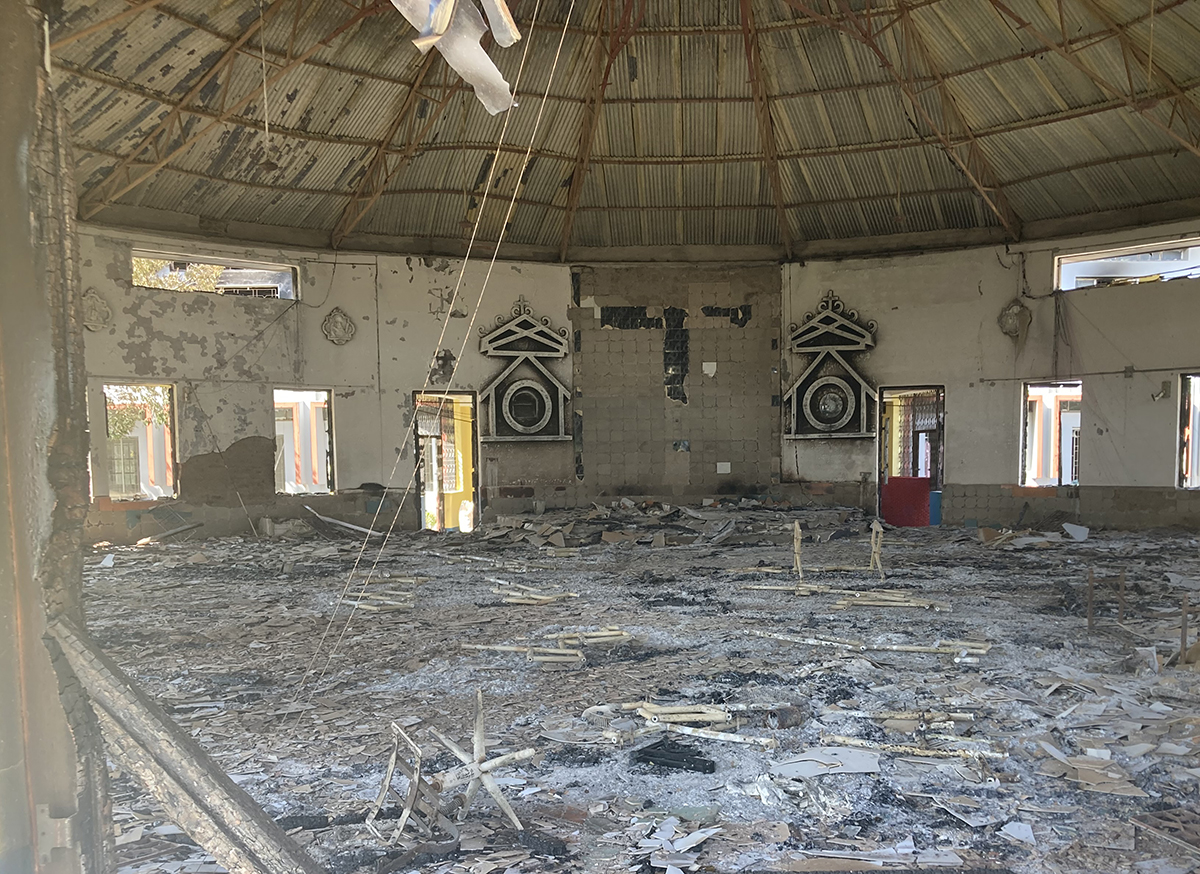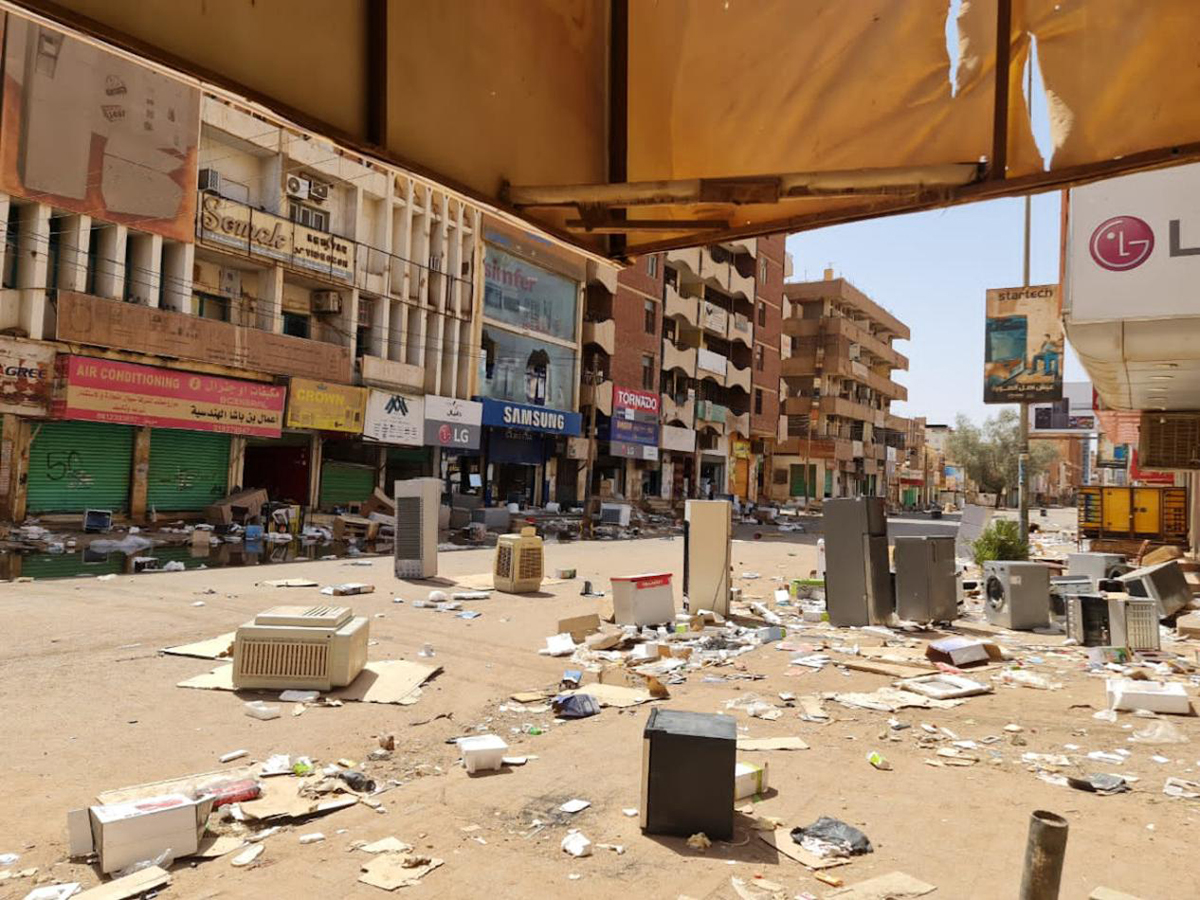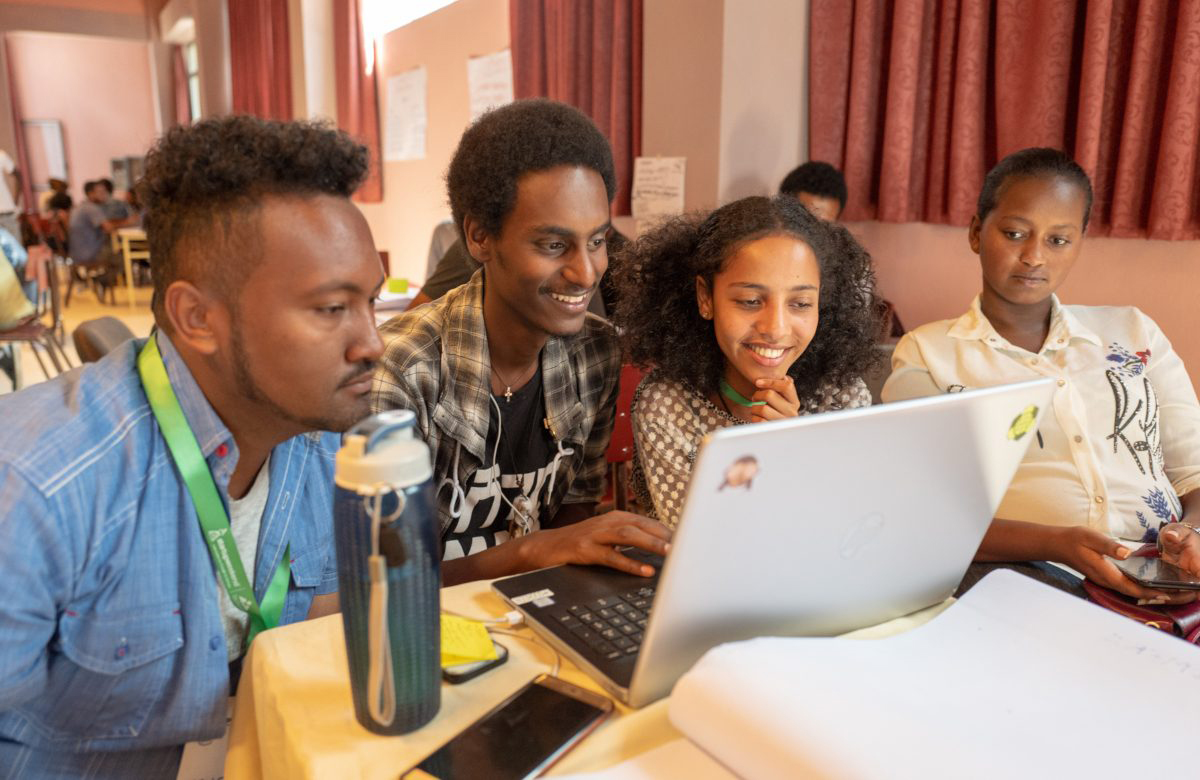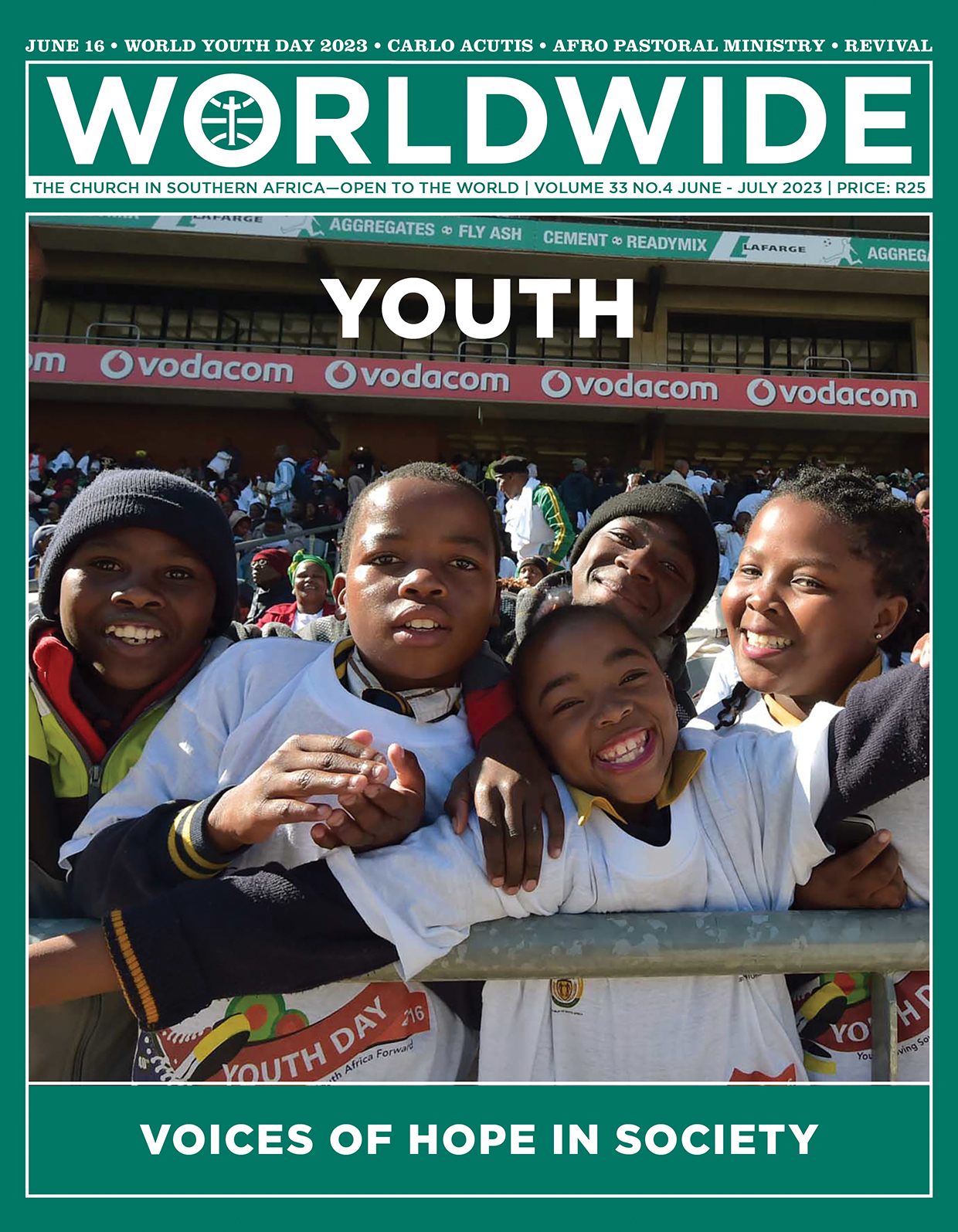
YOUTH: VOICES OF HOPE IN SOCIETY
The front cover image shows youngsters commemorating Youth Day at Orlando Stadium in Soweto, the same location where an uprising against the use of Afrikaans as a vehicular language of education took place in 1976.
Some might see June 16 only as a public holiday, nevertheless, gratitude goes to those who strived on behalf of the youth for an inclusive and better education. Many youths today still face great challenges and need strong support in order to receive an integral formation which prepares them for a bright future.
RADAR • INDIA
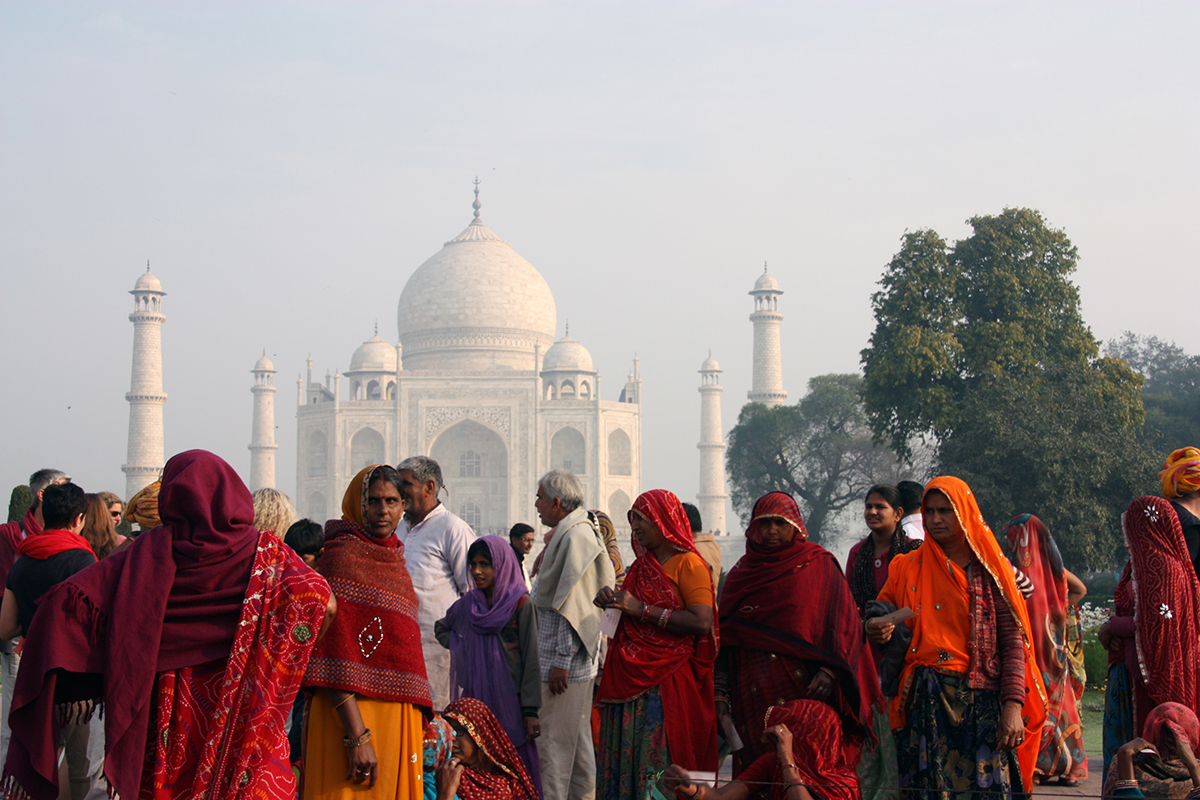
WHAT DOES THE FUTURE OF THE MOST POPULATED COUNTRY IN THE WORLD LOOK LIKE?
BY GITANJALI POONIAGPOONIA
WITH NEARLY 1.4 billion inhabitants, India has become the most populous country in the world according to the United Nations—a title it just took from China, which had held the top position for 73 years.
While visiting New Delhi, this isn’t hard to believe. The city has roughly 30 million residents, and you feel like you’re bumping into all of them at once while driving through the busy bazaars.
Less than four miles away from one of those markets sits Indian Prime Minister Narendra Modi’s official residence, Rashtrapati Bhavan, which claims another record—the world’s largest presidential house.
India is also the world’s largest democracy, modelled after the British Westminster system, a nuclear-armed nation and part of the nonaligned movement.
India has one of the fastest-growing economies in the world, with its own version of Silicon Valley, employing an increasingly well-trained workforce. The country has ramped up its manufacturing industry, possibly spawning the era of “Made in India” iPhones. It also extends its cultural influence through Bollywood, a film industry that contributes billions of dollars to the country’s GDP.
India’s prized possession is perhaps its diversity—with a population that speaks over a hundred different languages and practices many different religions and regional customs
But India’s prized possession is perhaps its diversity—with a population that speaks over a hundred different languages and practices many different religions and regional customs. To ensure peaceful coexistence among the different subcultures, the Indian Constitution separates religion from the state and does not prioritize one religion over another.
But India’s history has plenty of examples of politicians from prominent parties who capitalized on religious differences for political gain, blurring the line between religion and state.
Modi has received scrutiny for increasing nationalism in the country, but while Modi’s party is closely associated with Hindus, he hasn’t shied away from embracing India’s Muslim and Christian minorities as well. In an address to his party’s workers in January, he said the message should be of cooperation between all states and their cultures.
Part of his pitch to voters has been a pro-business agenda and the promise of economic growth, which has played a role in making him the fourth longest-serving prime minister in the country’s history.
Rising inflation and unemployment challenge the narrative of positive growth. When comparing China’s economic growth to India’s, both are emerging economies with large populations, however, India’s gross domestic product is $3.1 trillion while China’s is $17.7 trillion.

